top of page
Kamonchanok Wongwiboonsat
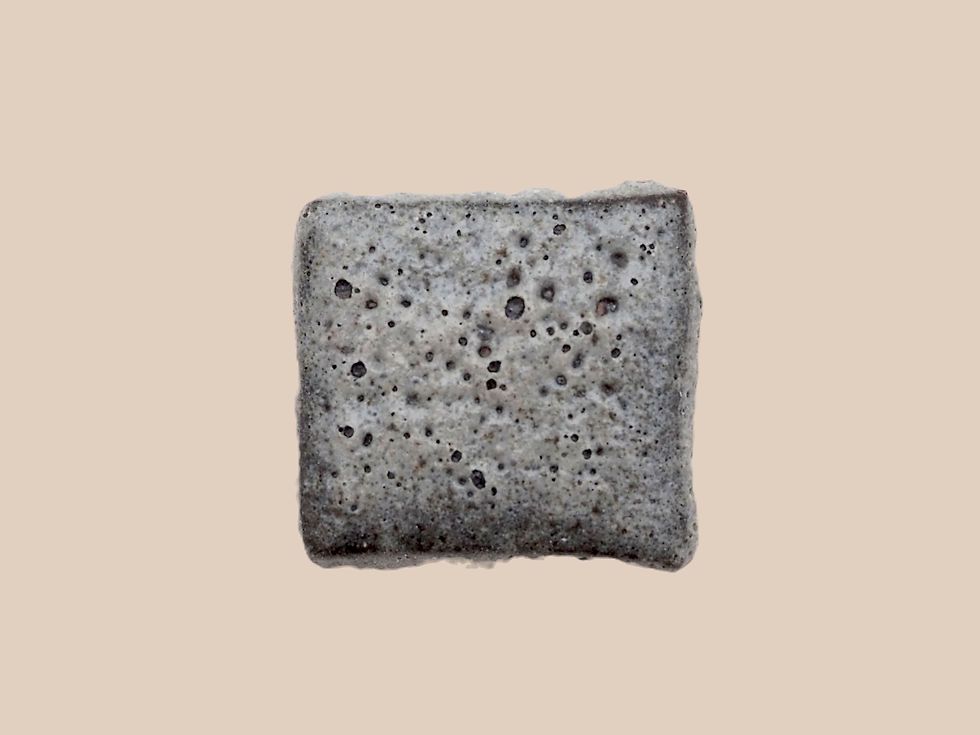
A1*
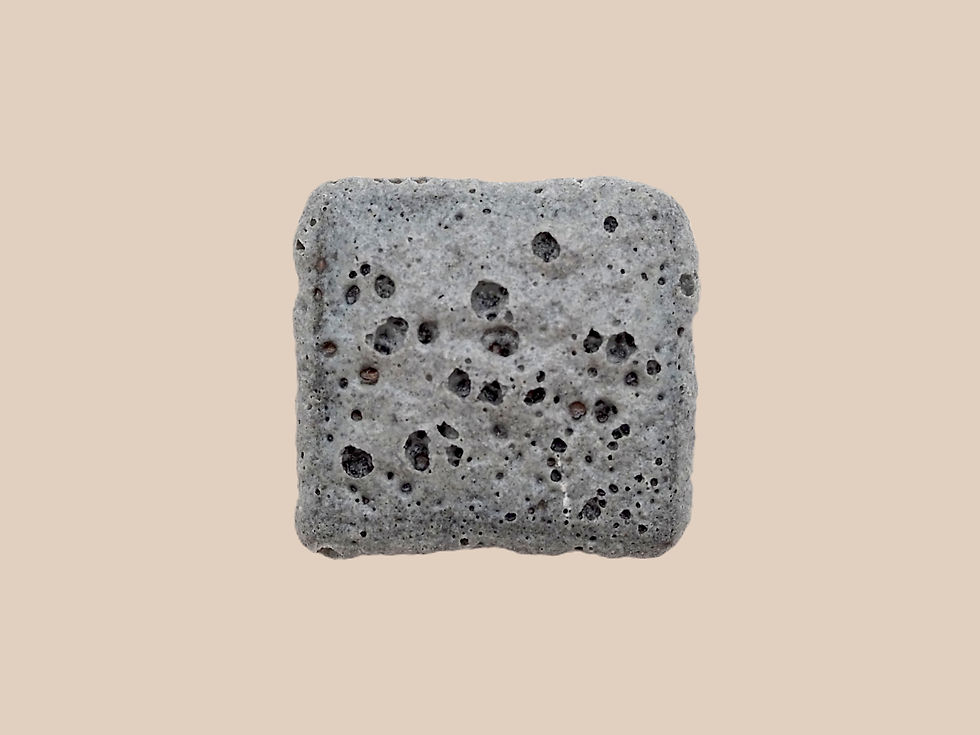
A2*
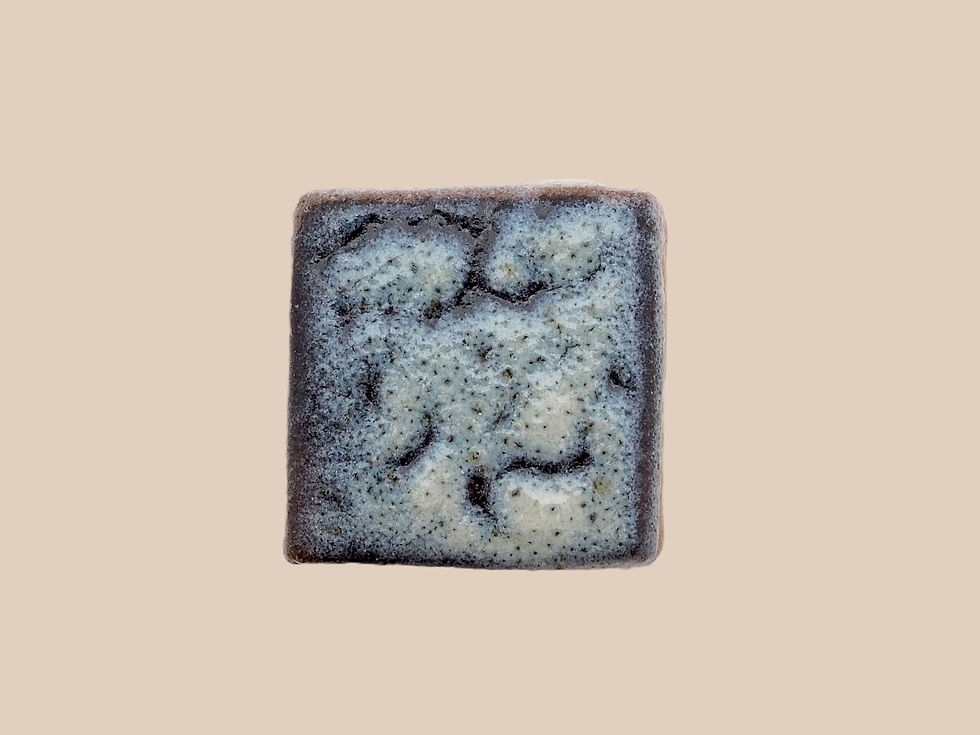
A3*
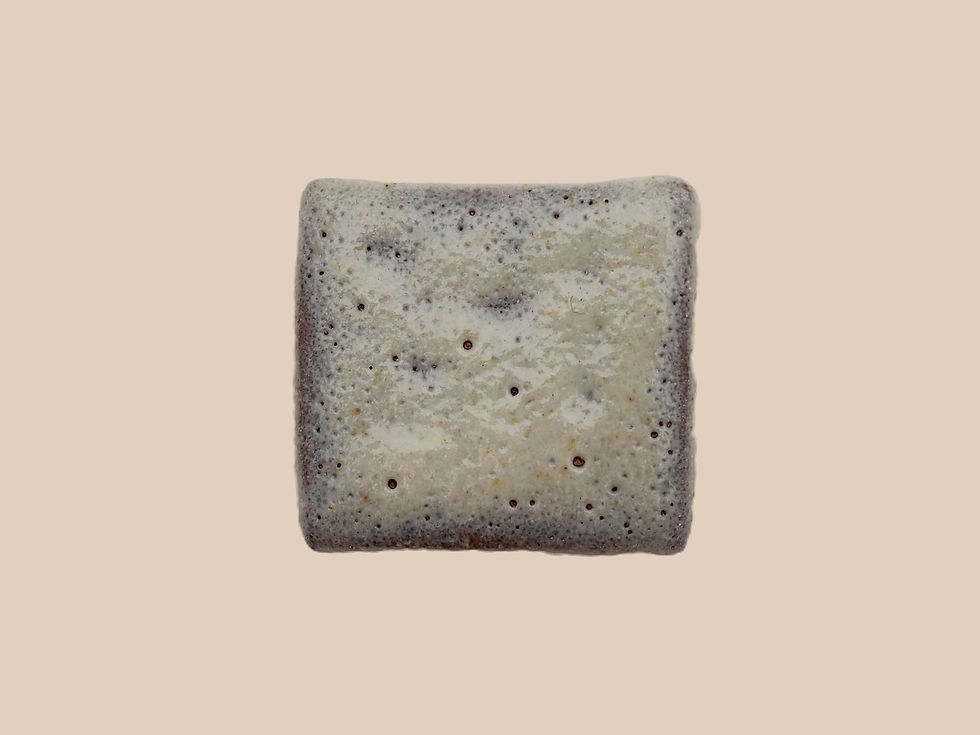
A7
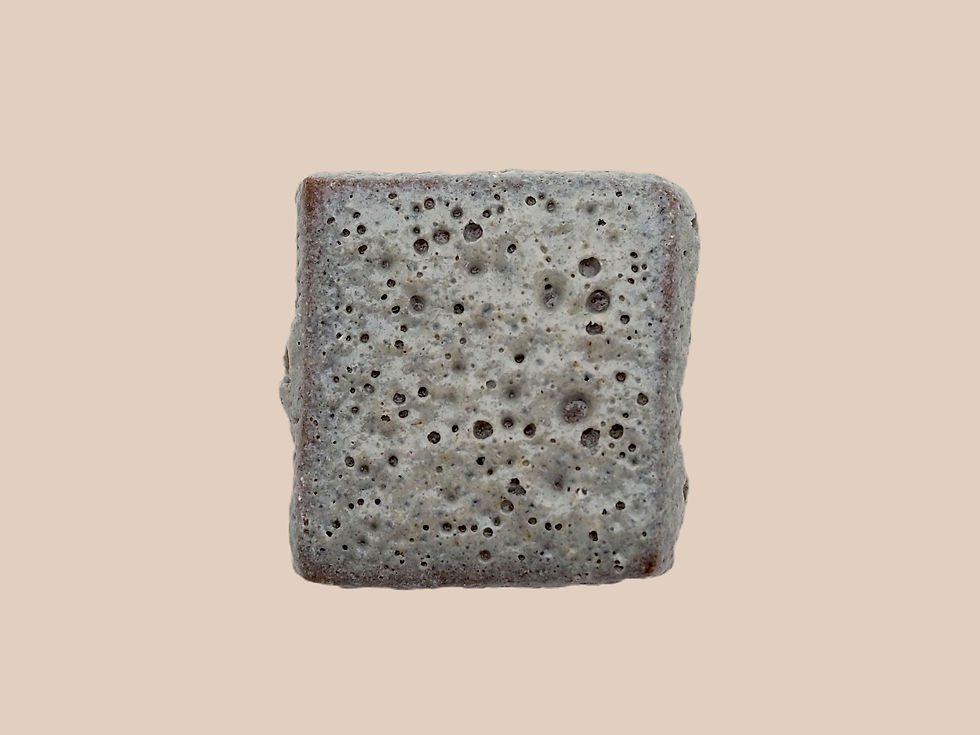
A8

A9
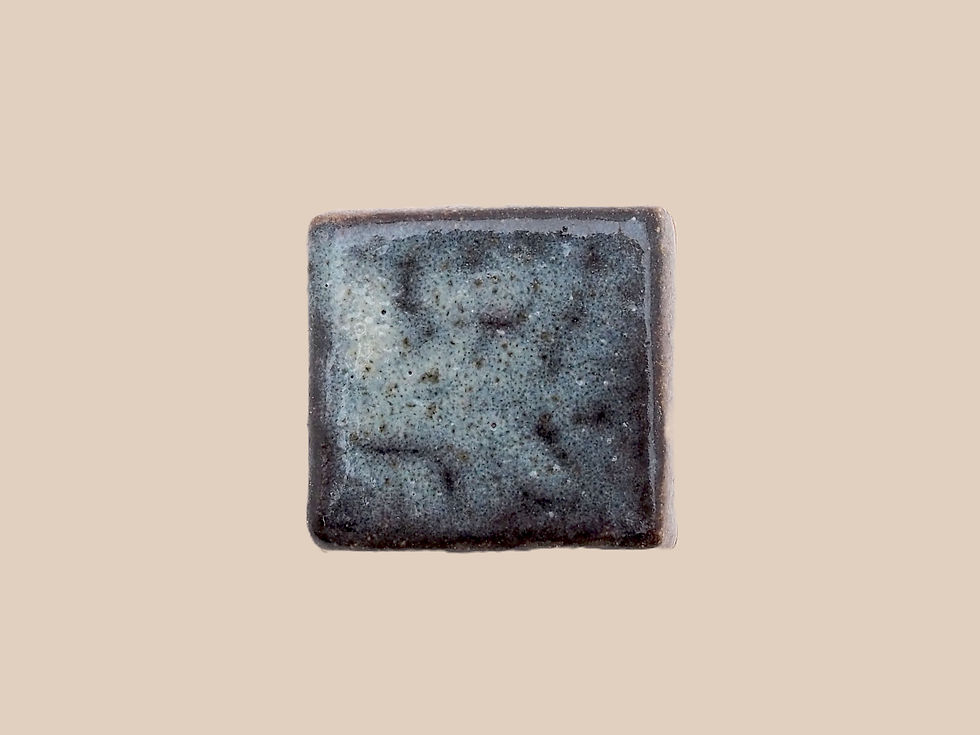
A4*
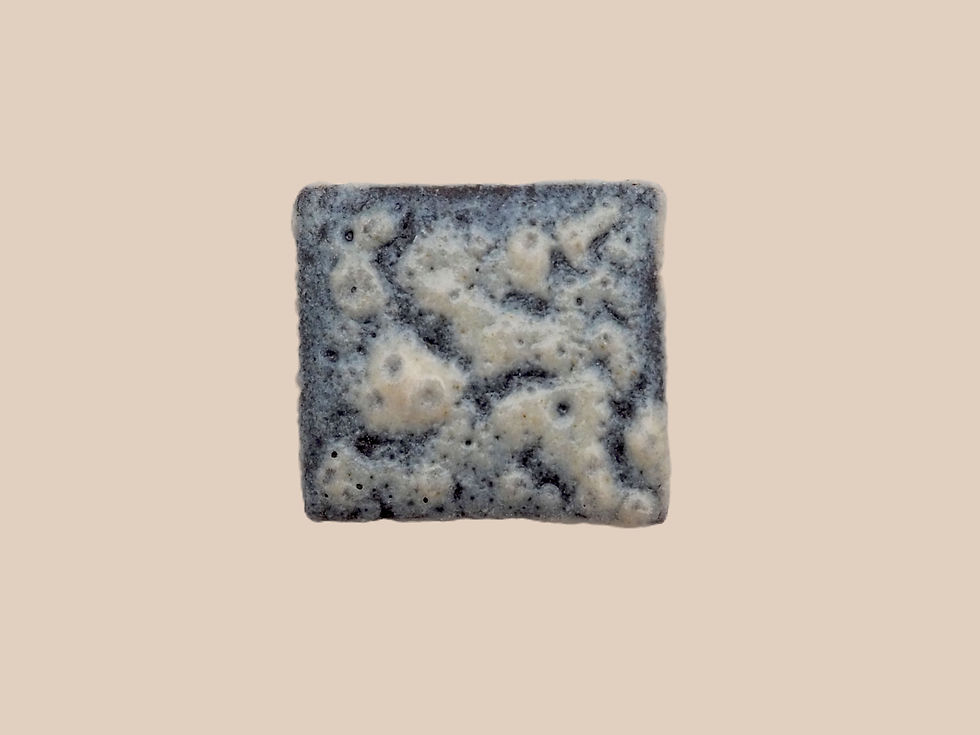
A5*
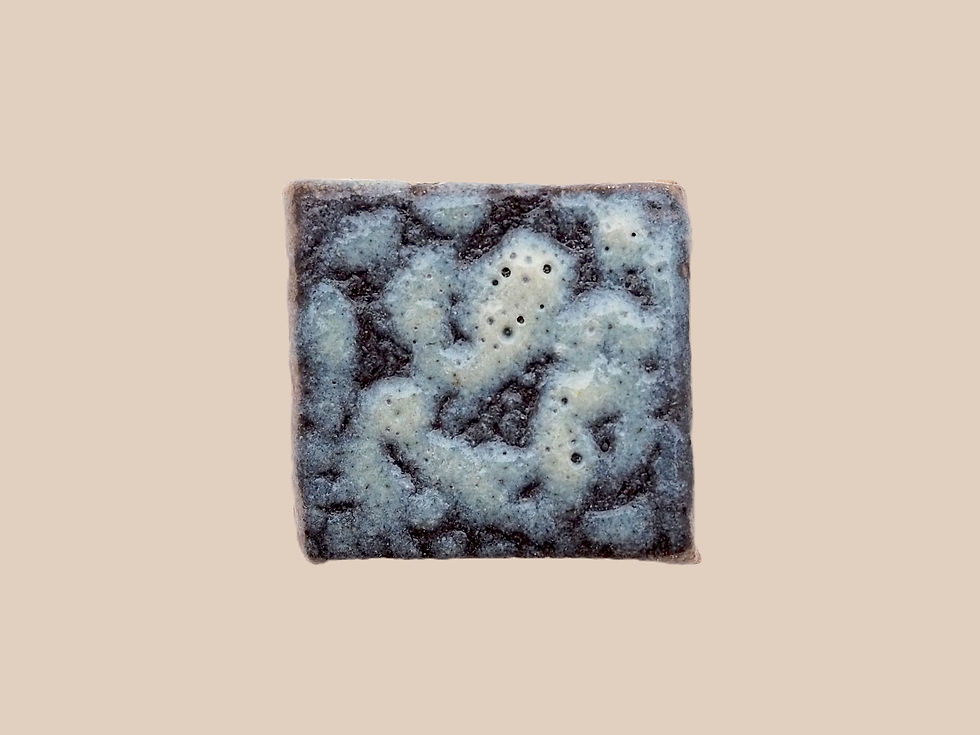
A6*


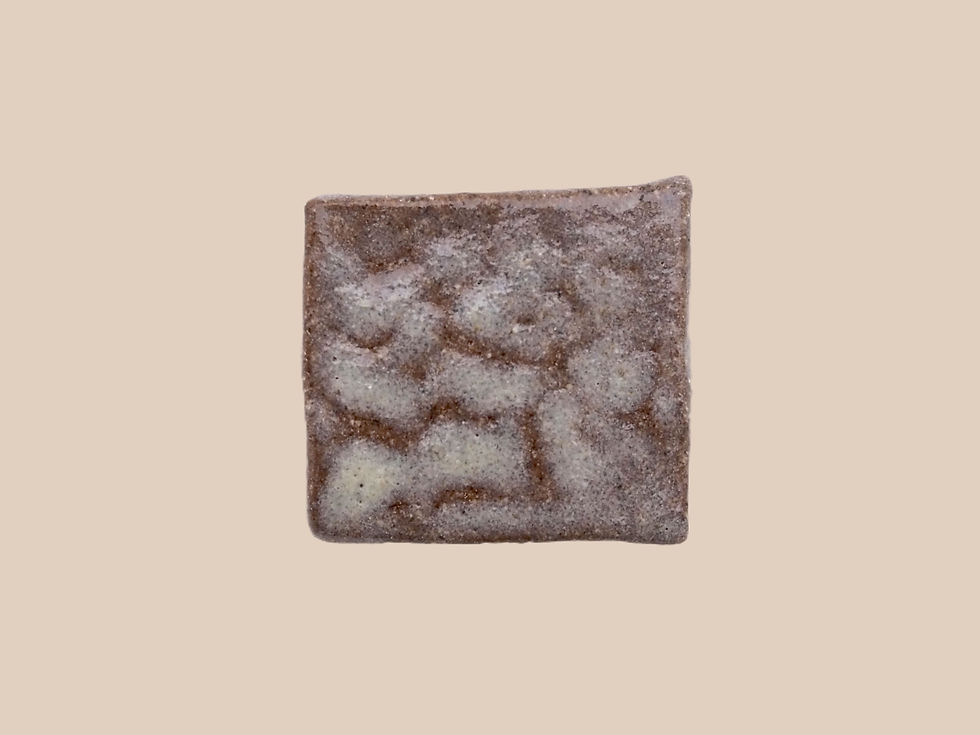
A4
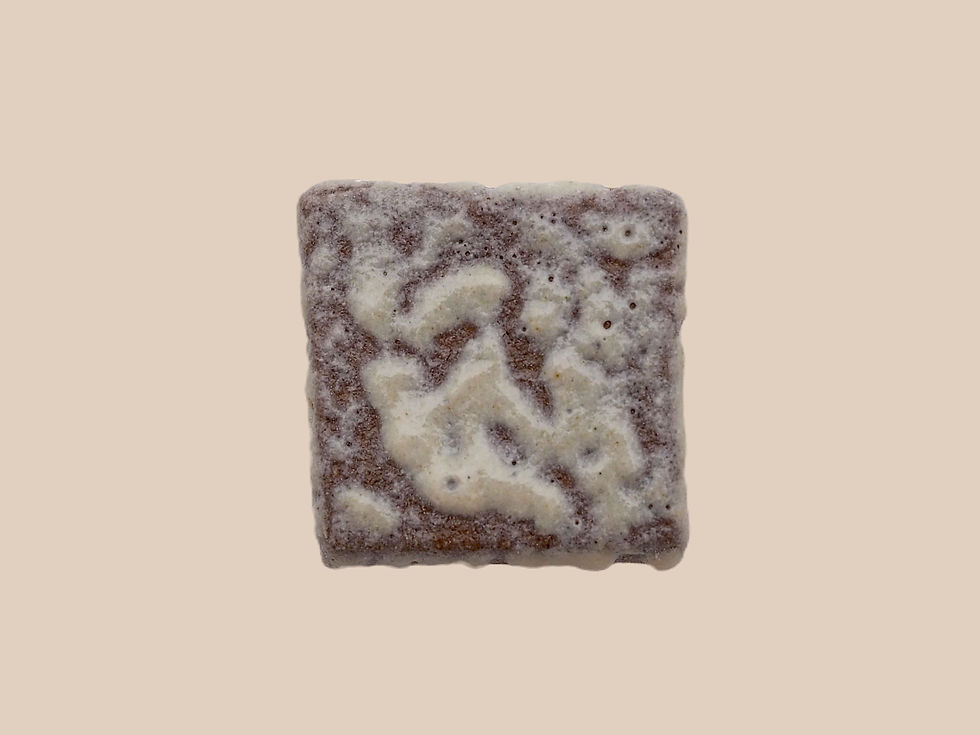
A5

A6

A1
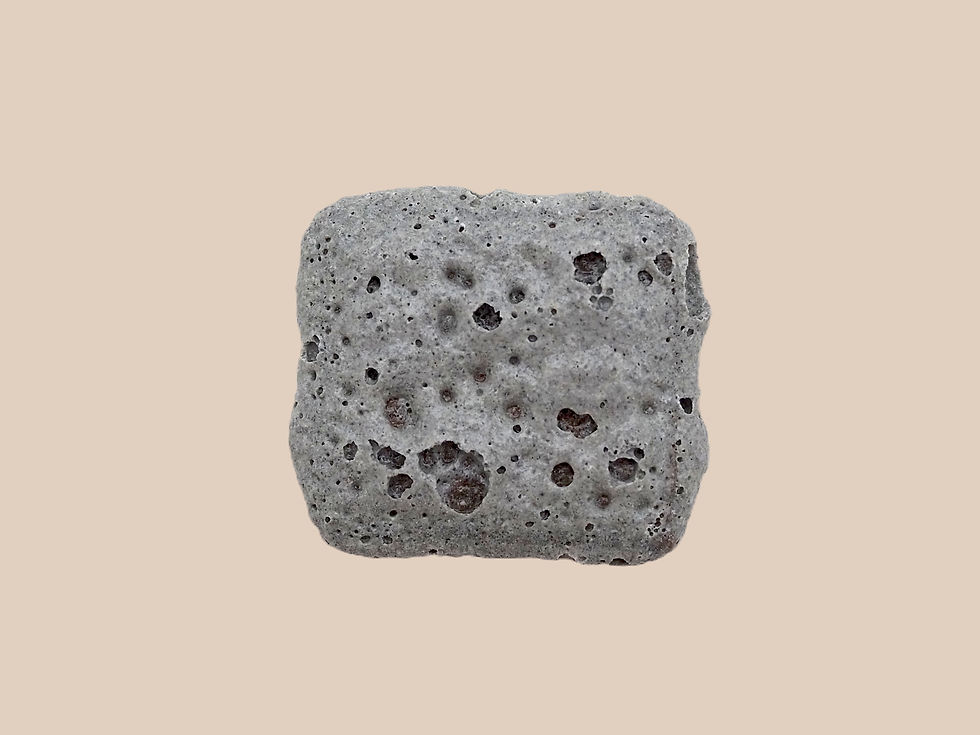
A2
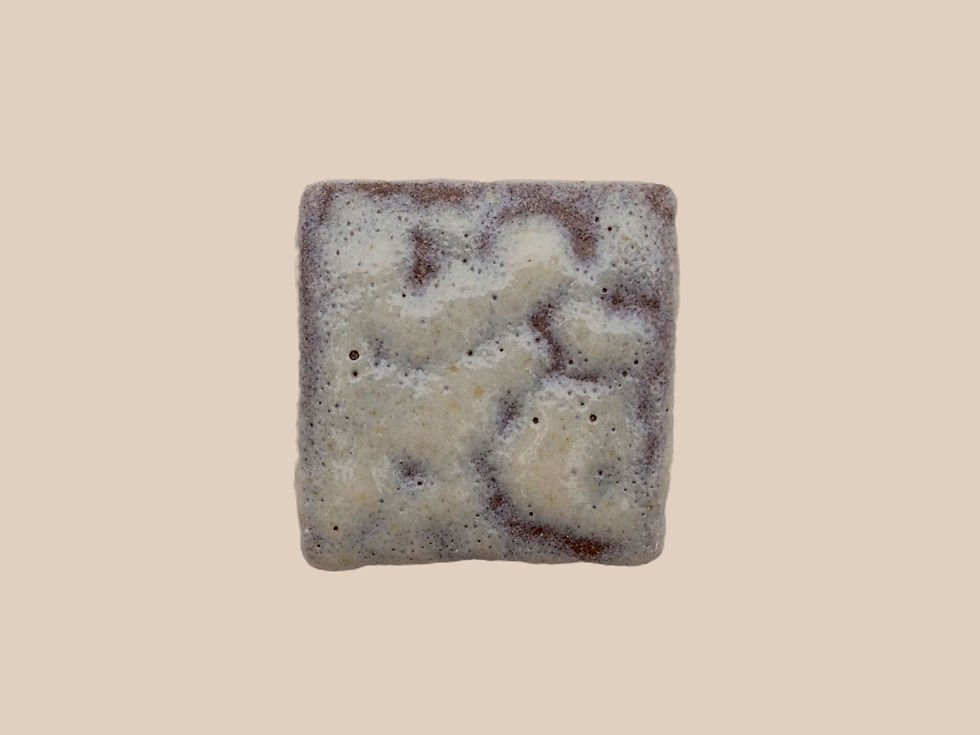
A3
Rice Husk Silica
An alternative source of Silica

Rice husk ash is a byproduct of using rice husks as fuel to dry wet paddies, often ending up in landfills. However, through thermal treatment, this material transforms, revealing a fascinating, pure, glossy texture under the microscope. With nearly 80% silica content, rice husk ash stands out among plant-based materials. It can be substituted for quartz and flint, offering a sustainable and superior alternative to mined silica, particularly in ceramics. Its color varies, influenced by the hue of the clay it is combined with, adding depth and uniqueness to its appearance, and further enhancing its value as a versatile material.

A7*
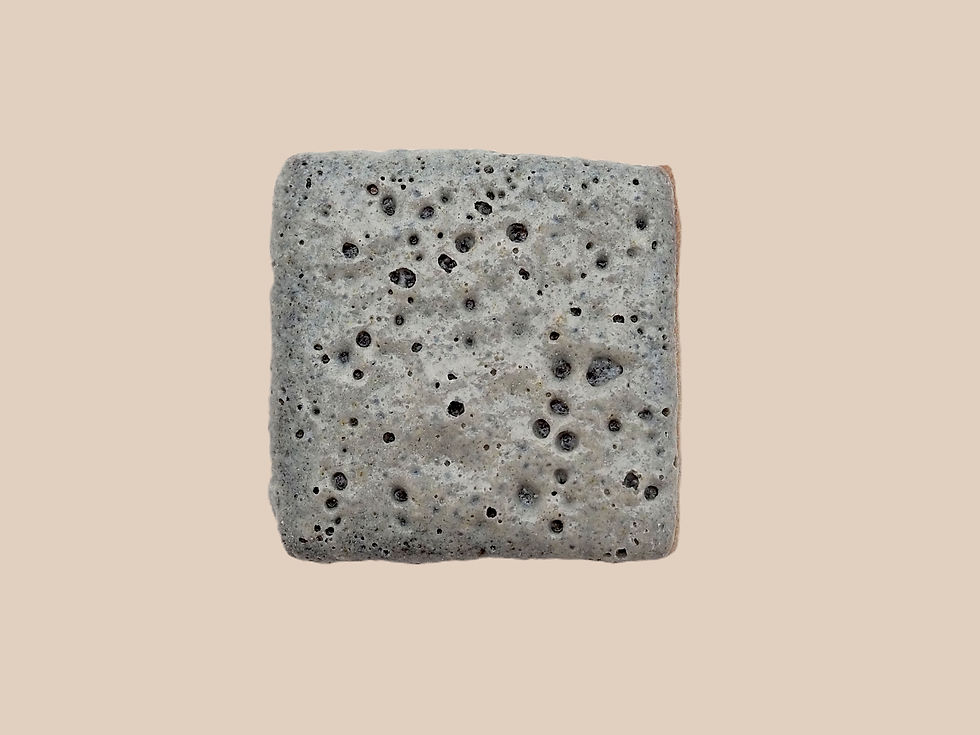
A8*

A9*
bottom of page